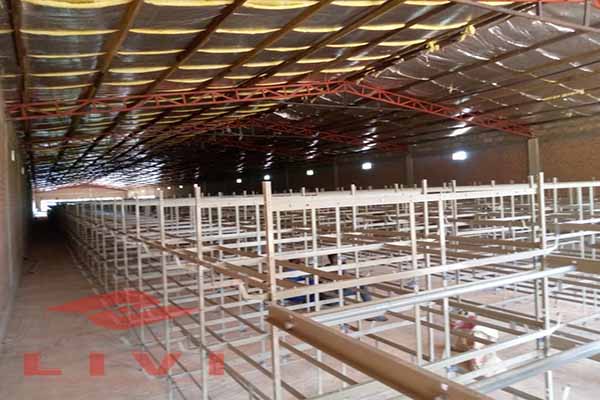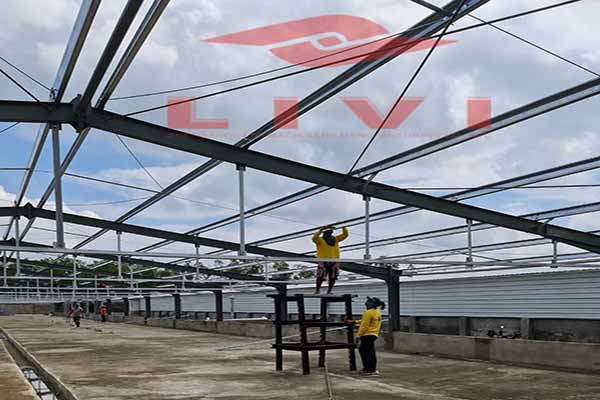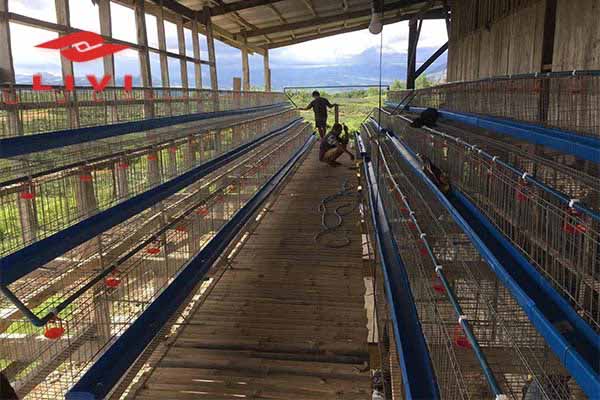Optimizing Chicken House Design for 500,000 Layers in Ghana
As the poultry industry in Ghana continues to grow, the demand for efficient and scalable chicken house designs has become paramount. With a capacity of 500,000 layers, a well-designed chicken house can significantly impact the productivity and profitability of a farm. In this article, we will explore the key aspects of designing a chicken house for this scale, incorporating best practices and data-driven insights.
Key Considerations for a 500,000 Layer Chicken House Design
- Space Allocation: Each layer requires approximately 2-3 square feet of space. Therefore, a house designed for 500,000 layers would need around 1,000,000 to 1,500,000 square feet of floor space.
- Airflow and Ventilation: Proper airflow is crucial for maintaining a healthy environment. A design with adequate ventilation and air exchange rates can prevent the buildup of harmful gases and pathogens.
- Lighting and Temperature Control: Optimal lighting and temperature conditions are essential for egg production. A well-regulated environment can increase laying rates and reduce mortality.
- Water and Feed Systems: Efficient water and feed systems are necessary to ensure that the chickens receive adequate nutrition and hydration.
- Manure Management: Effective manure management is vital for maintaining a clean and hygienic environment, as well as for waste recycling and environmental protection.
According to a study by the Ghana Poultry Association, a 500,000 layer chicken house can produce up to 3 million eggs per year, generating significant revenue for the farm owner.
Case Study: Successful 500,000 Layer Chicken House in Ghana
In 2020, a poultry farm in Ghana implemented a 500,000 layer chicken house design, incorporating the following features:

- Space Allocation: The house was designed with a total floor area of 1,200,000 square feet, providing ample space for the chickens.
- Airflow and Ventilation: The design included a state-of-the-art ventilation system with a 12-hour air exchange rate, ensuring a healthy environment for the chickens.
- Lighting and Temperature Control: The house was equipped with automated lighting and temperature control systems, optimizing the laying conditions.
- Water and Feed Systems: High-quality water and feed systems were installed to ensure the chickens received the necessary nutrition and hydration.
- Manure Management: The farm implemented an efficient manure management system, reducing waste and promoting environmental sustainability.
The farm achieved a laying rate of 90%, with an average egg production of 3 million eggs per year. This resulted in a significant increase in revenue and a positive impact on the local economy.

Conclusion
Designing a chicken house for 500,000 layers in Ghana requires careful planning and consi deration of key factors. By incorporating best practices and utilizing data-driven insights, a farm owner can maximize productivity and profitability. If you are interested in a free chicken house design and equipment quotation from LIVI Machinery, please leave a comment below or contact us directly.
deration of key factors. By incorporating best practices and utilizing data-driven insights, a farm owner can maximize productivity and profitability. If you are interested in a free chicken house design and equipment quotation from LIVI Machinery, please leave a comment below or contact us directly.




